Two Facets of Stress and Indirect Effects on Child Diet Through Emotion-Driven Eating
Document Type
Article - Merrimack Access Only
Publication Title
Eating Behaviors
Publication Date
8-2015
Abstract/ Summary
Objective Stress has been associated with high-calorie, low-nutrient food intake (HCLN) and emotion-driven eating (EDE). However, effects on healthy food intake remain unknown. This study examined two facets of stress (self-efficacy, perceived helplessness) and food consumption, mediated by EDE.
Methods Cross-sectional data from fourth-graders (n = 978; 52% female, 28% Hispanic) in an obesity intervention used self-report to assess self-efficacy, helplessness, EDE, fruit/vegetable (FV) intake, and high-calorie/low-nutrient (HCLN) food. Results Higher stress self-efficacy was associated with higher FV intake, β = .354, p < 0.001, and stress perceived helplessness had an indirect effect on HCLN intake through emotion-driven eating, indirect effect = .094, p < 0.001; χ2(347) = 659.930, p < 0.001, CFI = 0.940, TLI = 0.930, RMSEA = 0.030, p = 1.00, adjusting for gender, ethnicity, BMI z-score, and program group. Conclusions and implications Stress self-efficacy may be more important for healthy food intake and perceived helplessness may indicate emotion-driven eating and unhealthy snack food intake. Obesity prevention programs may consider teaching stress management techniques to avoid emotion-driven eating.

